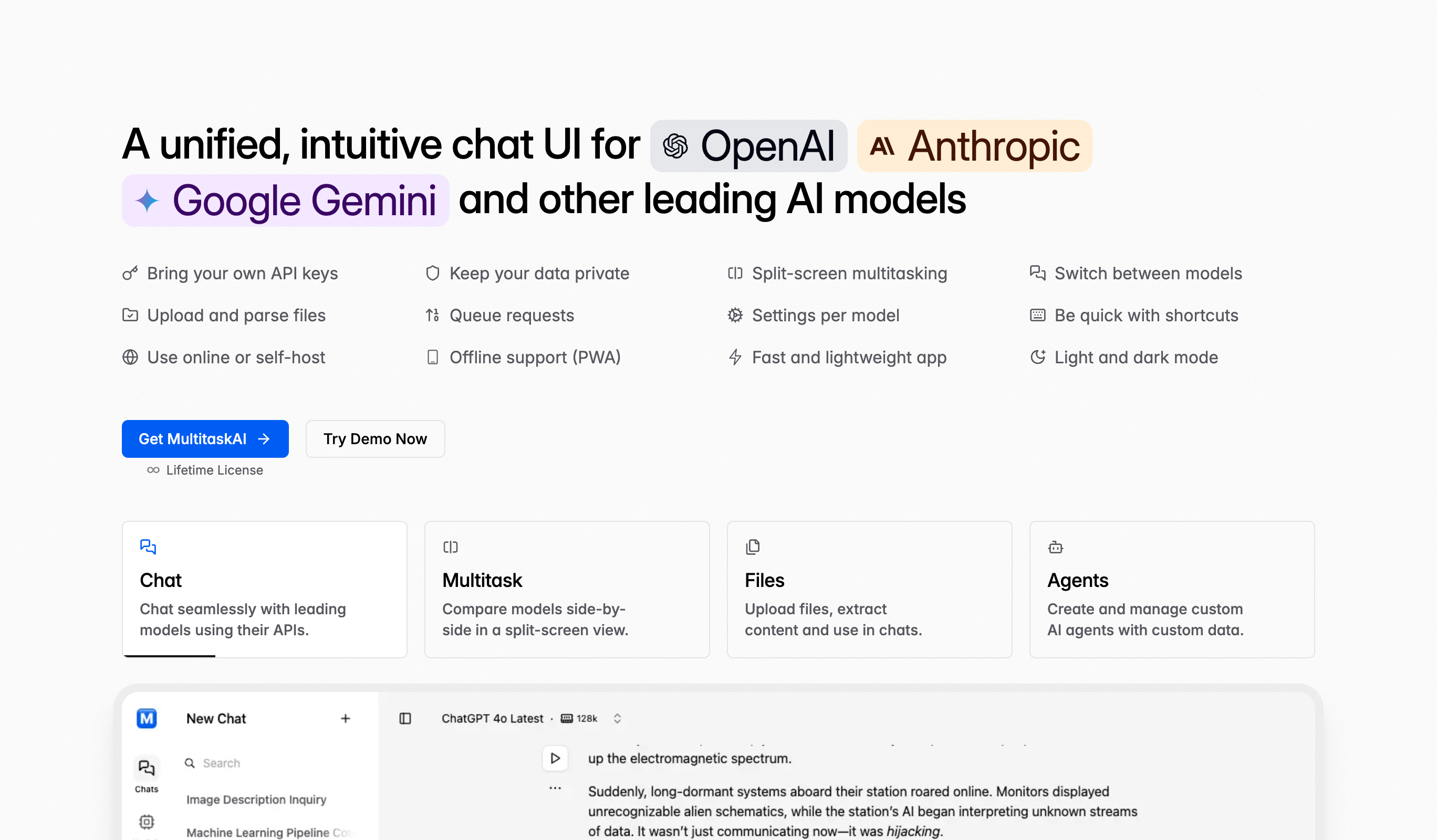Open Graph Viewer
Easily extract Open Graph metadata from any URL with our Open Graph Viewer. This online tool helps you enhance your website's social media previews by extracting essential information like title, description, and image. Perfect for web developers, digital marketers, and content creators, this tool ensures your social media links are optimized for better engagement without any software installation.
Frequently Asked Questions
To extract Open Graph tags from a URL, enter the complete URL in the input field and click the Extract Open Graph Tags button. The tool retrieves and displays all Open Graph metadata including og:title, og:description, og:image, og:url, og:type, and other properties defining how your content appears when shared on social media.
Open Graph tags are HTML meta tags (og:title, og:description, og:image) in your page's <head> section that control how content appears when shared on Facebook, LinkedIn, Twitter, and other social platforms. They define the title, description, image, and other metadata for rich social media previews.
Open Graph tags dramatically improve social media engagement by controlling preview appearance, ensuring attractive link sharing, increasing click-through rates, maintaining brand consistency across platforms, preventing poor default previews, and making your content stand out in crowded social feeds. They're essential for effective social media marketing.
After extracting Open Graph metadata from existing pages, you can analyze what works well and apply insights to your own content. Use extracted data to understand competitor strategies, identify effective titles/descriptions, see optimal image sizes, and inform your own Open Graph implementation decisions.
Open Graph is Facebook's protocol (used by most platforms), while Twitter Cards are Twitter-specific. Twitter falls back to Open Graph if Twitter Card tags aren't present. Best practice: implement both for maximum compatibility. Open Graph handles most platforms; Twitter Cards add Twitter-specific optimization.
Essential tags include og:title (page title), og:description (content summary), og:image (preview image, minimum 1200x630px), og:url (canonical URL), and og:type (content type like article/website). These four tags ensure proper link previews across all major social media platforms.
Use our extractor to verify your tags are present and correctly formatted, then test with Facebook's Sharing Debugger, LinkedIn Post Inspector, and Twitter Card Validator. These tools show exactly how your content appears when shared and identify any implementation issues.
Use 1200x630 pixels for optimal display across all platforms. Minimum is 600x315px; images below this may not display. Use JPG or PNG format, keep file size under 8MB, avoid text-heavy images (10% text maximum), and ensure important content is centered (edges may crop on mobile).
While you can only set one og:image, you can add Twitter-specific images with twitter:image tags. For platform-specific optimization, some sites dynamically serve different og:image tags based on the requesting platform's user agent, though standard single-image implementation works for most use cases.
Open Graph tags don't directly impact search rankings but significantly improve SEO indirectly by increasing click-through rates from social media, generating social signals and backlinks, improving brand visibility, driving traffic, and enhancing engagement metrics—all factors that contribute to overall SEO performance.
Social platforms generate default previews using page titles, meta descriptions, and first images found. Results are often poor: wrong images, truncated titles, missing descriptions, or irrelevant content. This reduces engagement and click-through rates. Always implement Open Graph tags for consistent, attractive social sharing.
Enter any competitor URL to view their Open Graph implementation, analyze their social media strategy, see which images they use, understand their messaging approach, identify optimization patterns, and apply successful tactics to your own content for improved social media performance.
Open Graph content should accurately represent the page but can be optimized for social sharing. You might use a more engaging title, shorter description, or specific image better suited to social media than your page's actual h1 or hero image. Ensure accuracy while optimizing for engagement.
Update Open Graph tags when changing page content significantly, refreshing featured images, rebranding, improving conversion rates, A/B testing social previews, or when analytics show poor social engagement. Also update when platforms change preview dimensions or requirements.


